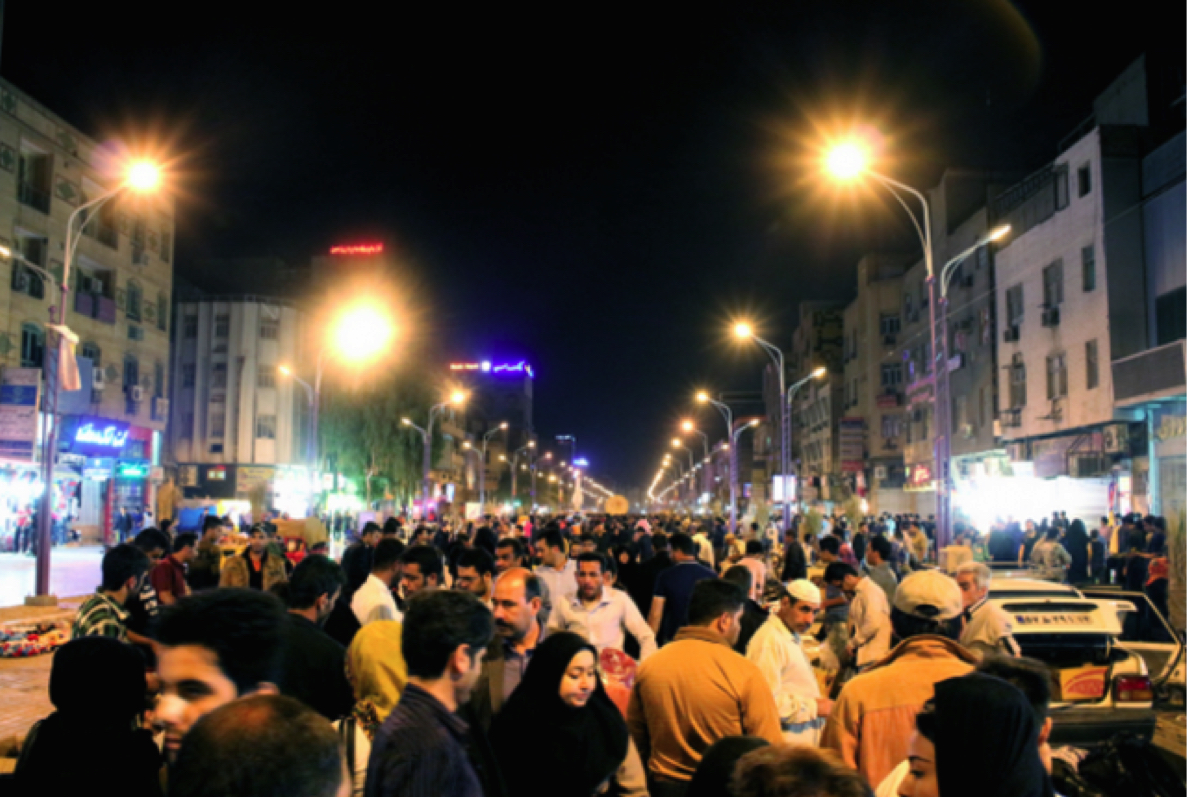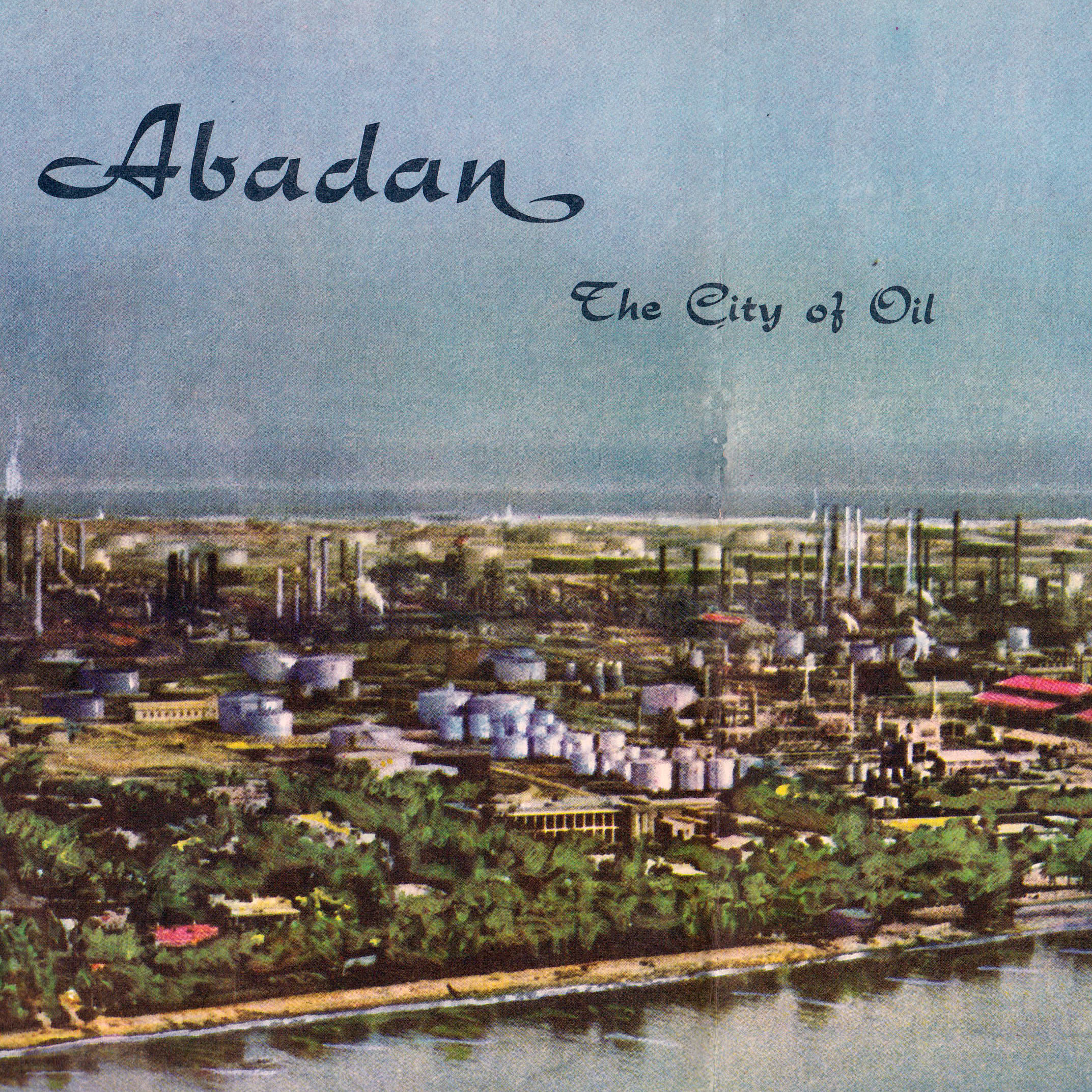A visual journey across the cities of Iran’s vibrant Khuzestan province
The dry climate, intense sun, and dusty air can often make life in Iran’s Khuzestan province difficult, and in the summertime, unbearable. Despite the trying environment, though, there is much life and spirit throughout the province. Located in Southwest Iran, Khuzestan borders Iraq and the Persian Gulf, and is home to both tribal diversity as well as a rich and extensive history. Ancient sites – some of the oldest in all of Iran – can be found in Shush and Shushtar, while port cities such as Abadan have a culture made unique through their food and music, as well as their unrelenting cultural pride.
Contemporary discourses about Iranian culture have often focused on the modern growing metropolis of Tehran, the romanticism of Esfahan, and the poetry and history of Shiraz. These cities often overshadow Khuzestan, and stories of the province frequently revolve around gloomy anecdotes of the Iran-Iraq war.
This video highlights the contemporary culture and localities of Khuzestan, which, although have remained rooted in tradition, have also adapted to modern ways – a phenomenon common throughout much of Iran. Footage of the sights, sounds, food, and music were taken in Ahvaz, Abadan, Shush, and Shushtar, cities all located in Western Khuzestan. Not long ago, these cities were towns and villages; but, as many cities throughout the country have grown exponentially, so have those in Khuzestan, sprawling further out into the desert plain in the south, and the hills and mountains in the north.
Walking throughout Abadan, the visceral bandari music is unavoidable, with its thumping beats and the high-pitched sounds of the ney anban
Ahvaz, Khuzestan’s provincial capital, has grown to become one of the largest cities in Iran. Markets in the Naderi neighbourhood are bustling, modern bridges span the river Karoon, and marbled apartment buildings are fast on the rise. Abadan, a port city, is relatively small in comparison. With the Iraqi border to the west, it has little room to grow. The oil industry remains prominent in the city, as does the fishing industry that brings in scores of fresh seafood from the Persian Gulf daily. The blue and gold colours found throughout the city signify a local devotion to the San’at-e Naft (lit. ‘Oil Industry’) football club, as well as a comedic and ambiguous familial connection with Brazil. Walking throughout Abadan, the visceral bandari (lit. ‘port style’) music is unavoidable, with its thumping beats and the high-pitched sounds of the ney anban.

Naderi Street in Ahvaz
Shush and Shushtar retain a sense of old-worldliness not yet replaced by veneer marble apartment towers. Ancient sites include the Elamite ziggurat Chogha Zanbil, the Elamite ruins at Haft Tappeh (lit. ‘Seven Hills’), and the tomb of the Hebrew prophet Daniel. More modern sites include a 19th century castle in Shush, which was built on an ancient hilltop by French archaeologists, and that provides a panoramic overlook of the entire city. Buildings in old quarters of these two neighbouring cities still display local mud-brick architecture navigable through the narrow, undulating streets that help keep temperatures cool in the summer.
There is much attributable to Khuzestan not depicted here that would have further highlighted the province’s history, as well as its geographic, demographic, and cultural diversity. Cities in the north such as Dezful and Izeh boast historical sites dating back to the Sassanian period, while tribes such as the Bakhtiaris, Behbehanis, and the Lurs – located primarily in the east – further add to the unique cultural milieu of the province.

